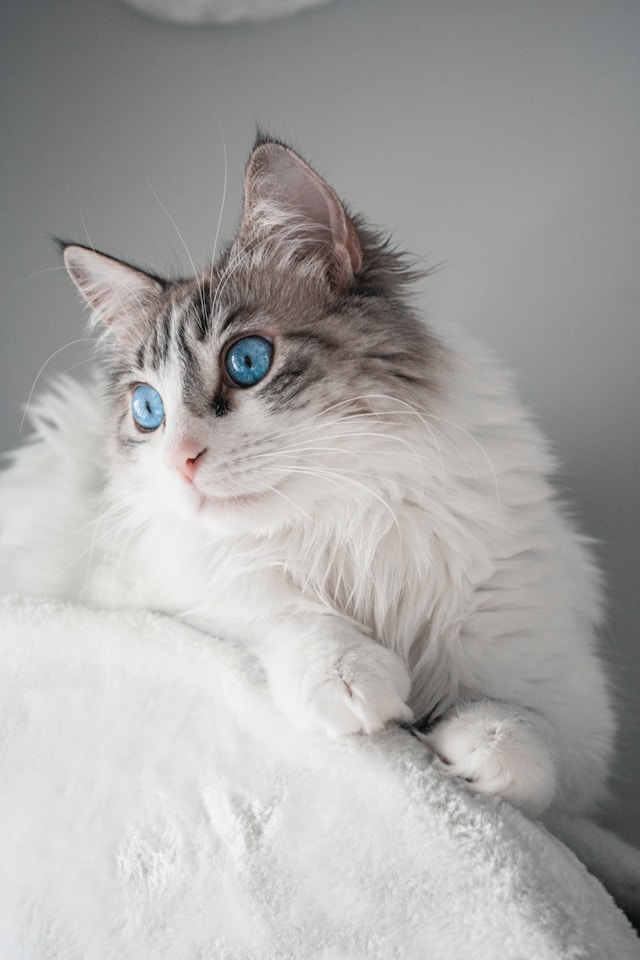How to Choose the Best Scratching Post for Your Cat
A scratching post is an essential item for any cat owner. Not only does it help keep your feline friend’s claws in check, but it also provides them with an outlet for their natural instincts. Choosing the right scratching post can be overwhelming with so many options available. Here’s a comprehensive guide to help you select the perfect scratching post for your cat.
1. Understand Your Cat’s Scratching Needs
1.1. Cat’s Age and Size
- Kittens: Young cats may prefer shorter scratching posts as they have less reach.
- Adult Cats: Larger and more robust posts are suitable for adult cats, who need a sturdy post to stretch and scratch.
- Senior Cats: Older cats may benefit from shorter or lower posts that are easier to access.
1.2. Scratching Behavior
- Observe whether your cat prefers vertical or horizontal scratching. Some cats scratch vertically against walls or trees, while others scratch horizontally on the ground.
2. Types of Scratching Posts
2.1. Vertical Scratching Posts
- Materials: Often covered in sisal rope or carpet. Sisal is durable and ideal for scratching, while carpeted posts can be less effective as cats might not like the texture.
- Height: Should be tall enough for your cat to fully stretch. Ideally, it should be at least as tall as your cat when standing on its hind legs.
2.2. Horizontal Scratching Posts
- Design: Typically a flat surface covered in a scratching material like corrugated cardboard.
- Placement: Great for cats who prefer to scratch while lying down or sitting.
2.3. Multi-Post and Cat Trees
- Features: Include multiple scratching posts, platforms, and sometimes enclosed spaces for climbing and lounging.
- Benefits: Offers a variety of scratching options and play areas, ideal for multi-cat households or for active cats.
2.4. Wall-Mounted Scratching Posts
- Installation: Attached to a wall, these posts can save space and offer a scratching option at various heights.
- Usage: Suitable for cats who scratch vertical surfaces and can be placed in areas where floor space is limited.
3. Materials and Construction
3.1. Scratching Materials
- Sisal Rope: Durable and provides a satisfying texture for scratching.
- Cardboard: Affordable and good for horizontal scratching.
- Carpet: Less ideal for scratching but common in some posts. Ensure the carpet is firmly attached and not loose.
3.2. Base Stability
- Sturdy Base: A scratching post must have a solid base to prevent tipping over. Ensure the base is wide and heavy enough to support the post.
- Materials: Look for posts made from high-quality materials and with robust construction to withstand vigorous scratching.
4. Design and Aesthetics
4.1. Integrating with Home Décor
- Choose a scratching post that complements your home’s décor. There are various styles, from sleek modern designs to rustic ones.
4.2. Size and Placement
- Ensure the scratching post fits well in your space without being obtrusive. Place it in an area where your cat already enjoys scratching or lounging.
5. Training and Encouragement
5.1. Introducing the Scratching Post
- Initial Attraction: Use catnip or toys to attract your cat to the new scratching post. Place treats or toys on the post to encourage use.
- Positive Reinforcement: Reward your cat with treats or affection when they use the scratching post to reinforce the behavior.
5.2. Redirecting Scratching
- If your cat scratches furniture, gently redirect them to the scratching post and reward them for using it.
6. Maintenance and Care
6.1. Cleaning
- Regularly clean the scratching post to remove fur and debris. For carpeted posts, vacuum regularly. Replace or clean scratching surfaces as needed.
6.2. Replacement
- Over time, scratching posts can become worn out. Monitor the condition of the post and replace it if the scratching surface becomes too frayed or damaged.
Conclusion
Choosing the best scratching post for your cat involves considering their scratching habits, age, and preferences. By understanding these factors and selecting a post that suits their needs, you can keep your cat happy and your furniture safe. Remember, a well-chosen scratching post is not just a practical addition to your home, but also an investment in your cat’s well-being and contentment.
By following these guidelines, you’ll ensure your cat has a designated spot to scratch and stretch, reducing the likelihood of unwanted scratching on your furniture.











Leave a Reply